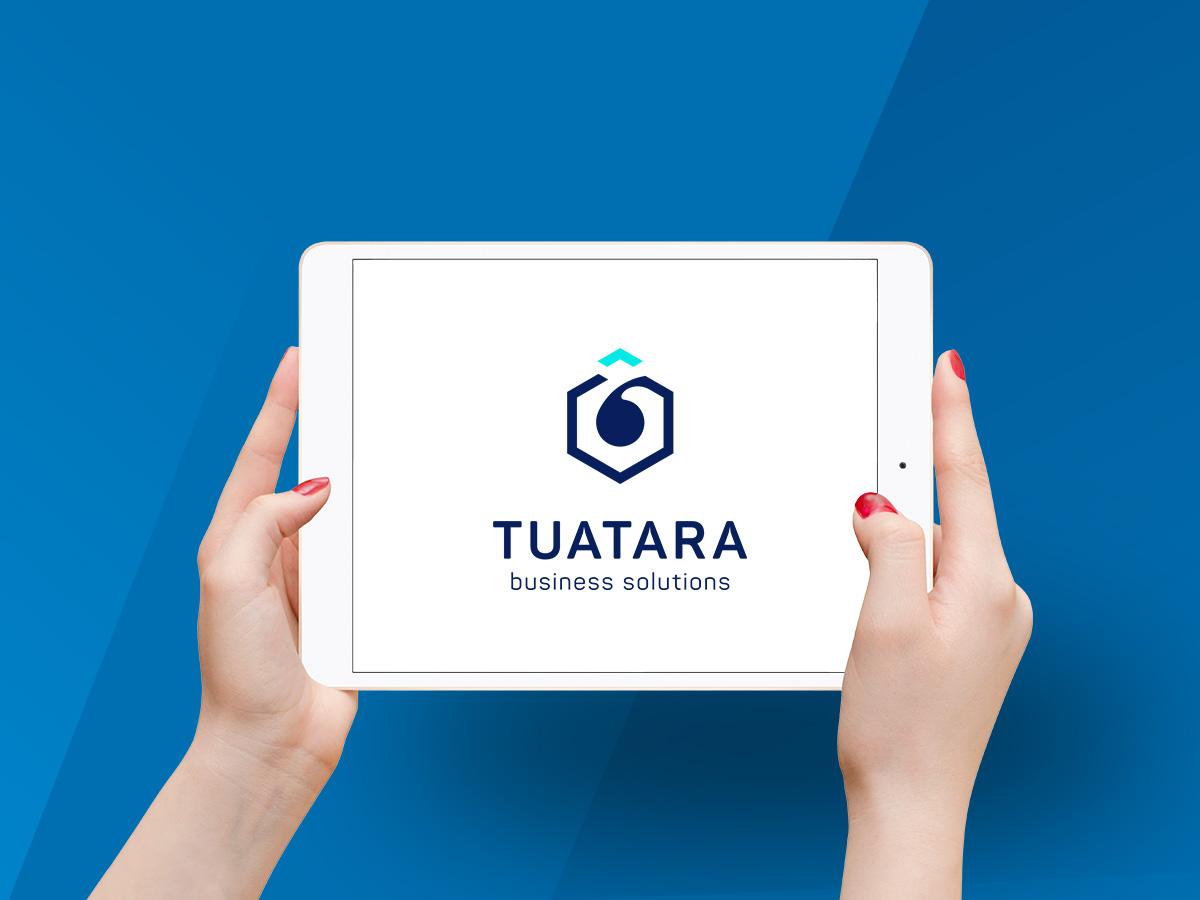In the swiftly changing digital landscape of today, numerous companies are undergoing substantial transformations to better align with the expectations of customers and investors. This metamorphosis, commonly known as “digital transformation,” entails integrating digital technology into all facets of business operations, resulting in heightened efficiency, streamlined decision-making processes, and enhanced customer experiences.
A pivotal facet of this transformation is cloud computing, offering advantages like scalability, cost-effectiveness, and improved efficiency. However, it also introduces fresh security challenges that companies must confront to shield their invaluable data.
Comprehending Cloud Security
Cloud security encompasses a set of practices, technologies, and principles designed to shield cloud computing environments from unauthorized access, data breaches, and other cybersecurity threats. As businesses increasingly depend on cloud services to store and manage sensitive data, it becomes crucial to grasp the various security threats linked with it.
Prominent among these cloud security threats are data breaches, stemming from weak passwords, human errors, or hacking attempts. Malware and ransomware attacks also pose a significant menace, potentially infecting cloud servers and causing substantial harm to businesses. Other threats encompass insider attacks, where an employee or contractor intentionally or unintentionally exposes confidential information, and denial-of-service (DoS) attacks, capable of disabling cloud services for users.
To avert these threats, companies should institute robust cloud security measures, encompassing data encryption, access management, network security, and compliance. This ensures the protection of valuable data and secures the services offered by these companies.
Key Cloud Security Strategies
Ensuring robust cloud security requires the implementation of several key strategies, including:
- Data encryption and key management: Crucial to cloud security, data encryption safeguards against unauthorized access. By encrypting data, companies guarantee that even if someone gains access to their cloud storage, they won’t be able to read or use the data. Key management is equally critical, ensuring that only authorized personnel can access encrypted data.
- Identity and access management: A critical element controlling access to cloud resources, Identity and Access Management (IAM) allows businesses to manage user identities and permissions, ensuring that only authorized users have access to sensitive data.
- Network security: Another critical aspect, network security involves securing the network infrastructure used to access cloud services. Employing measures like network firewalls, intrusion detection and prevention systems, businesses can protect their cloud infrastructure from cyber threats.
- Compliance and regulatory requirements: Ensuring compliance with industry regulations such as HIPAA, GDPR, and PCI-DSS is crucial for cloud security. Adhering to these regulations protects sensitive data and shields against legal and financial penalties.
Implementing these strategies facilitates effective mitigation of potential threats, ensuring the security of valuable data in the cloud.
Best Practices for Cloud Security
Apart from implementing key cloud security strategies, adherence to best practices is essential for the security and protection of cloud environments. Some of these best practices include:
- Regular security audits and risk assessments: Conducting regular security audits and risk assessments identifies potential security gaps and vulnerabilities in cloud environments, enabling companies to stay ahead of potential security threats.
- Employee training and awareness programs: Recognizing employees as potential weak links in cloud security, regular training and awareness programs educate them on best cloud security practices, aiding in identifying and mitigating potential security threats.
- Data recovery and continuity planning: Cloud service providers offer data recovery and continuity services to facilitate quick data recovery after unexpected events. Having a data recovery plan in place, regularly tested for effectiveness, is essential.
- Collaboration with a trusted cloud service provider: Partnering with a trusted cloud service provider is crucial for cloud security, as they offer various security features and services that enhance a company’s security posture.
- Proactive threat detection: Continuously monitoring cloud environments for potential security threats through proactive threat detection services, like those offered by providers such as Google Cloud, enables companies to identify and mitigate potential threats before they cause damage.
Cloud Security Myths
Despite the burgeoning popularity of cloud computing, prevalent myths and misconceptions persist regarding cloud security. These include:
Myth 1: The cloud is not secure Contrary to a common myth, cloud providers heavily invest in security measures, with dedicated teams of security experts, robust security protocols, and advanced encryption technologies to ensure data safety.
Myth 2: Cloud providers are solely responsible for all security aspects While cloud providers offer security features and services, businesses must take responsibility for securing their data in the cloud through solid security measures, regular audits, and employee education.
Myth 3: Cloud security is expensive Dispelling the myth that cloud security is costly, the investment in solid security measures is considerably lower than potential financial losses and reputational damage resulting from a data breach or cyber attack.
Myth 4: Small businesses do not need cloud security Contrary to the misconception that cloud security is exclusive to larger organizations, small businesses are equally vulnerable and must prioritize cloud security to safeguard their sensitive data.
By comprehending the risks associated with cloud computing and implementing effective cloud security strategies and practices, businesses can harness the benefits of cloud computing while fortifying the security of their invaluable data.






